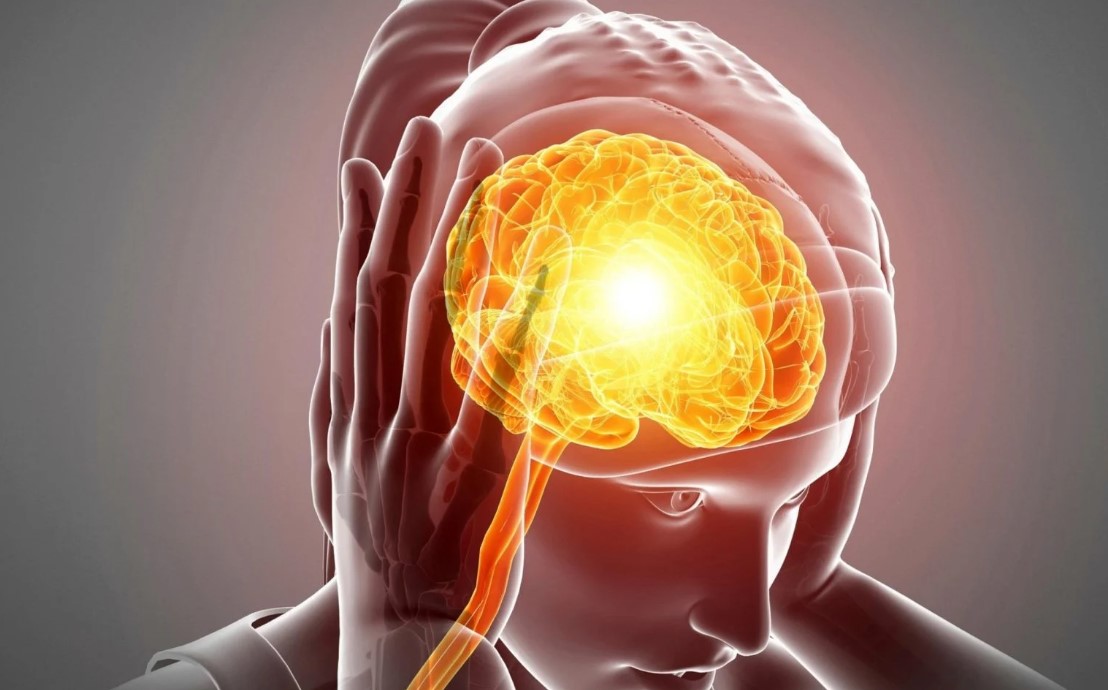
Breakthrough Study Reveals Hidden Mechanism Behind Migraines
- BiotechnologyInternational News
- No Comment
- 263
A study reveals a new mechanism where proteins released during migraine auras are transported to sensory nerves, triggering migraines, which could lead to innovative treatments. This discovery explains the one-sided nature of migraines and identifies potential new protein targets for therapies.
A new study has uncovered a previously unidentified process where proteins from the brain are transported to specific sensory nerves, triggering migraine attacks. This discovery could lead to novel treatments for migraines and other types of headaches.
More than 800,000 Danes suffer from migraines – a condition characterized by severe headaches in one side of the head. In around a fourth of all migraine patients, headache attacks are preceded by aura – symptoms from the brain such as temporary visual or sensory disturbances preceding the migraine attack by 5-60 minutes.
While we know with some certainty why patients experience aura, it has been a bit of a mystery why they get headaches, and why migraines are one-sided.
Till now. A new study in mice conducted by researchers at the University of Copenhagen, Rigshospitalet, and Bispebjerg Hospital is the first to demonstrate that proteins released from the brain during migraine with aura are carried with cerebrospinal fluid to the pain-signalling nerves responsible for headaches.
“We have discovered that these proteins activate a group of sensory nerve cell bodies at the base of the skull, the so-called trigeminal ganglion, which can be described as a gateway to the peripheral sensory nervous system of the skull,” says Postdoc Martin Kaag Rasmussen from the Center for Translational Neuromedicine at the University of Copenhagen, who is first author of the study.
At the root of the trigeminal ganglion, the barrier that usually prevents substances from entering the peripheral nerves is missing, and this enables substances in the cerebrospinal fluid to enter and activate pain-signaling sensory nerves, resulting in headaches.
“Our results suggest that we have identified the primary channel of communication between the brain and the peripheral sensory nervous system. It is a previously unknown signaling pathway important for the development of migraine headache, and it might be associated with other headache diseases too,” says Professor Maiken Nedergaard, who is senior author of the study.
The peripheral nervous system consists of all the nerve fibers responsible for communication between the central nervous system – the brain and spinal cord – and the skin, organs, and muscles. The sensory nervous system, which is part of the peripheral nervous system, is responsible for communicating information about e.g. touch, itching, and pain to the brain.



